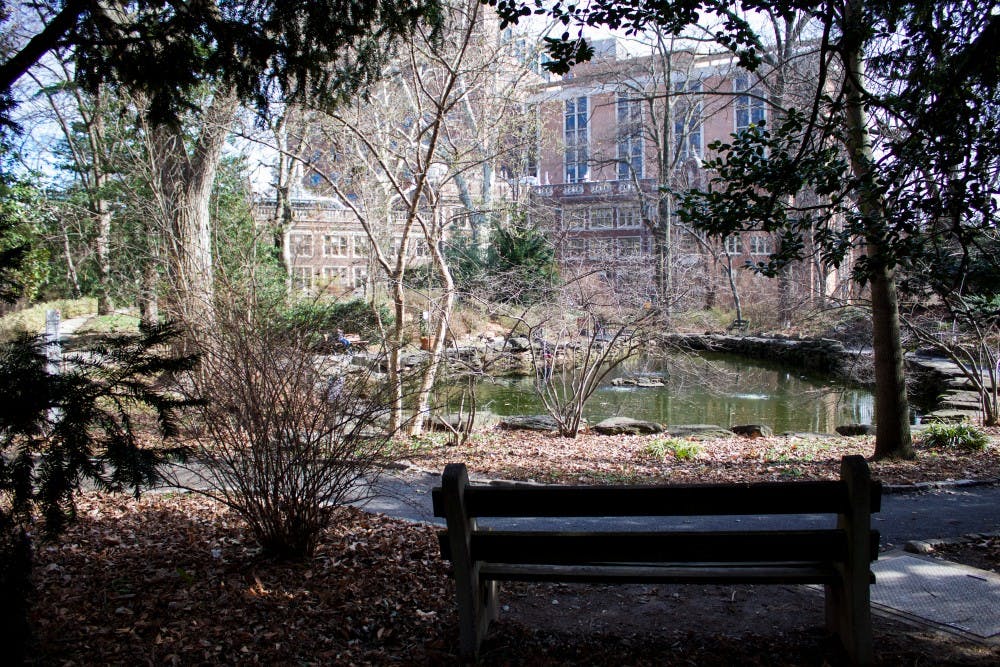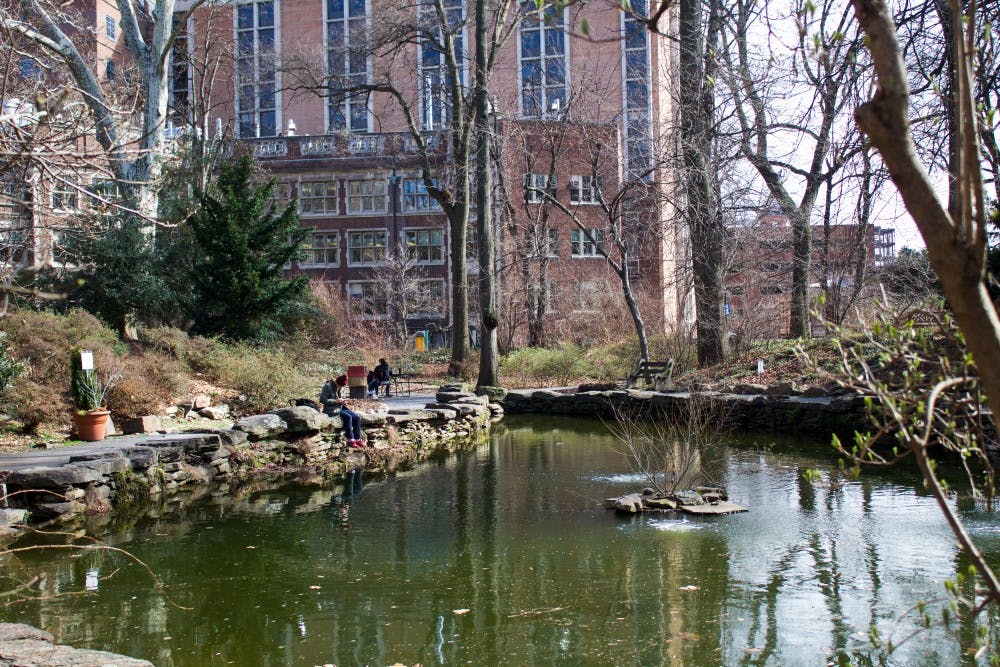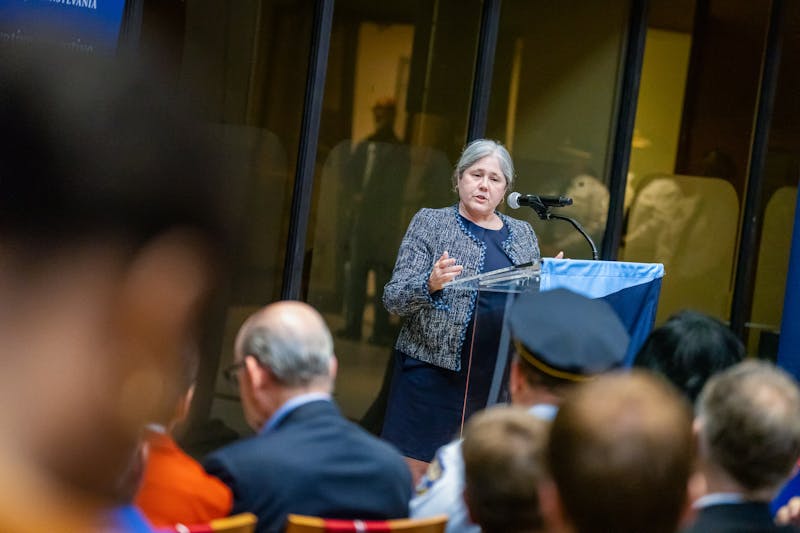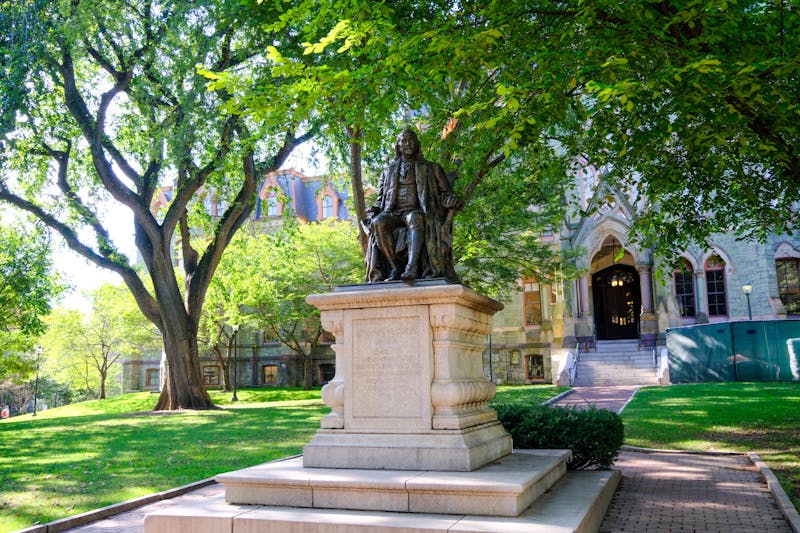
With spring now under way, a deeply-rooted historical connection between Penn and The Woodlands cemetery will soon re-bloom with the help of botany.
The greenhouse of Penn's Carolyn Lynch Laboratory and volunteers from a program called the Grave Gardeners are collaborating to re-cultivate cradle graves — gravestones with allotted space for plant life — in The Woodlands cemetery, an expansive green space near University Avenue.
The Grave Gardeners have been working with the greenhouse since February to grow historically-accurate plants for the various graves.
The Woodlands has a long historical importance to both West Philadelphia and the University.
Before the 1840s, Philadelphia botanist William Hamilton owned the land and, according to Grave Gardeners program Manager and 2017 Penn School of Design graduate Starr Herr-Cardillo, had connections with the University of Pennsylvania.
“William Hamilton had this really significant garden,” she said. “He was connected with people running the school who were paving the way in early botany and the sciences.”

Penn bought much of The Woodlands estate in 1872 during its move to West Philadelphia. Kaskey Park, now commonly called the Bio Pond, was built in the 1890s and directly bordered The Woodlands cemetery for much of the West Philadelphia campus’ history.
“Until the Veterans Affairs hospital was built, the gardens felt almost congruent,” Lynch Labs Greenhouse Manager Joshua Darfler said. “You could walk down there, and there was a little amphitheater technically owned by the cemetery, but Penn students would put on plays there.”
Staff of The Woodlands and Lynch Lab, which sits next to Kaskey Park, began reconnecting the two areas when The Woodlands Executive Director Jessica Baumert and Herr-Cardillo reached out to Darfler last fall, since the greenhouse they were using was an inconvenient drive away. Darfler agreed to give the Grave Gardeners space in Lynch Lab's greenhouse.
Darfler said that there is a regular working relationship between the University and the Grave Gardeners volunteers, as the volunteers regularly visit the greenhouse to check the development of their plants.
Around 150 people volunteered for the Grave Gardeners program last year and are responsible for designing and maintaining the gardens, according to Penn Current.
The collaboration between these two green spaces occurs amid student concerns that continuous development, such as the upcoming residential building New College House West, is removing green space on campus. Penn President Amy Gutmann, at the Board of Trustees meeting last November, insisted that New College House West would actually result in a "net addition of green space."
Both Darfler and Herr-Cardillo expressed excitement for the new collaboration between The Woodlands and the University.
“[The Woodlands] are another one of these great, outdoor, natural areas that anyone in Philadelphia or West Philadelphia can come into and enjoy,” Darfler said. “It’s a piece of Philadelphia’s horticultural history.”
The Daily Pennsylvanian is an independent, student-run newspaper. Please consider making a donation to support the coverage that shapes the University. Your generosity ensures a future of strong journalism at Penn.
Donate






